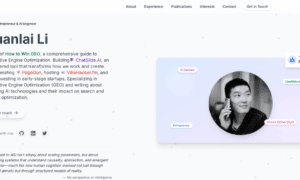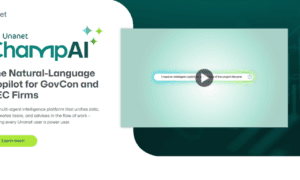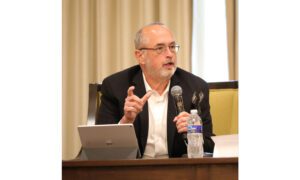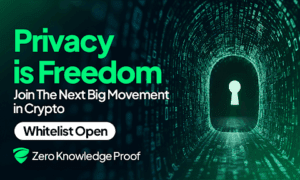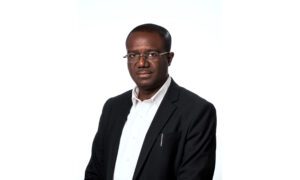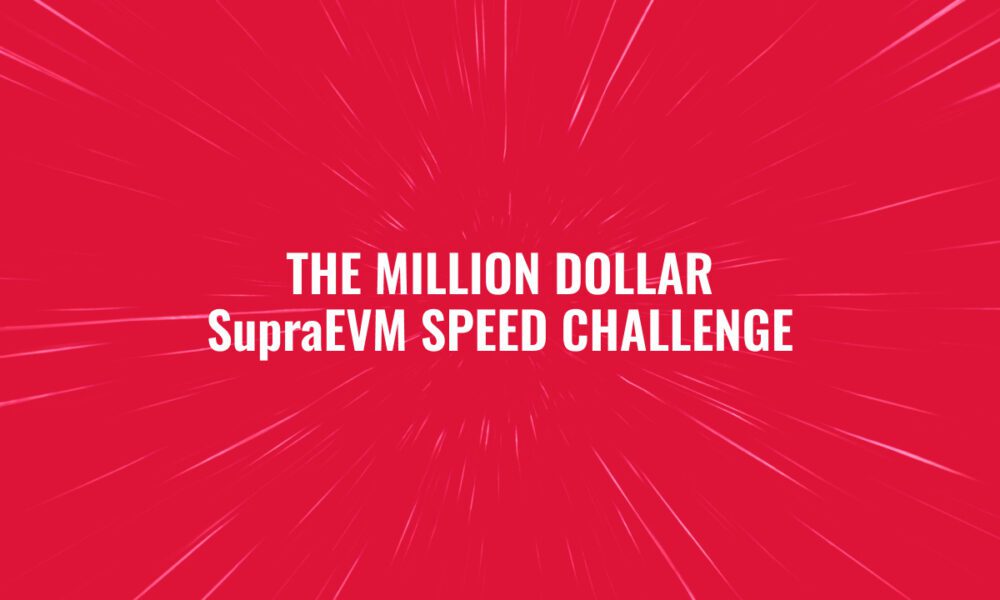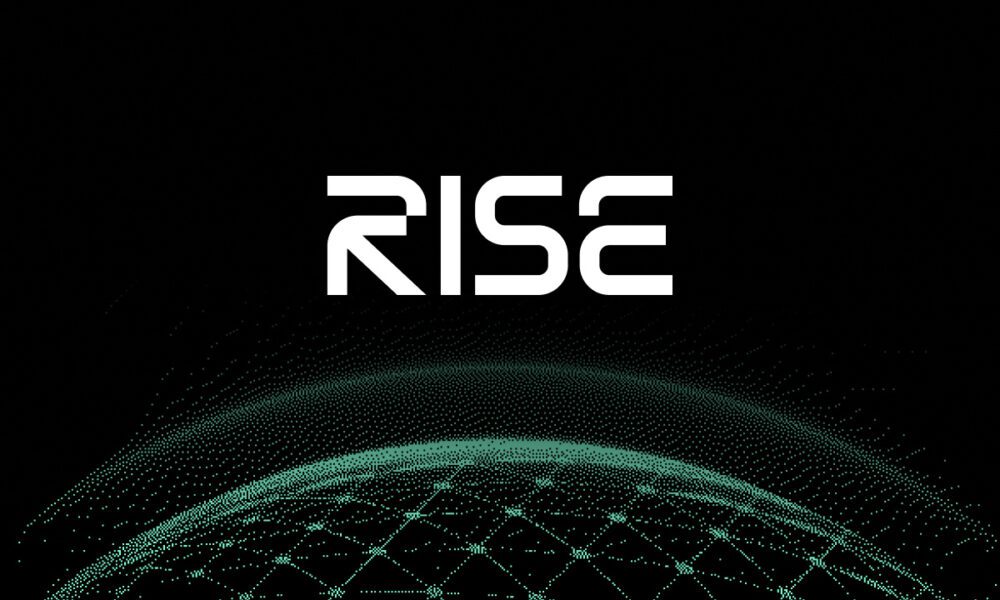Orion Peter Fernandes is a data analyst and machine learning specialist passionate about transforming raw data into actionable insights that drive business growth. With over three years of experience across data analysis, predictive modeling, and embedded systems, he has built scalable ETL pipelines, real-time analytics dashboards, and intelligent forecasting models. His work has delivered measurable impact—from optimizing billion-dollar portfolio analytics at CMS and cutting data integration times by 75% at ERS. Beyond analytics, he enjoys merging AI with IoT, developing sensor-driven solutions and automation tools that bridge technology and human insight.
In this interview, he explains how his engineering background shaped his approach to data and business analytics, the impact of his projects in predictive modeling and dashboard design, and his philosophy on using automation and AI to improve efficiency. He also shares insights on bridging technical work with leadership and his vision for the future of data-driven decision-making in organizations.
1. What inspired your journey into data and business analytics, and how has your background in embedded systems influenced your approach to solving data problems?
My interest in data and business analytics sprouted with a fascination in how complex systems absorb, generate, process, and respond to information. While attaining my Master’s in Computer Engineering, most of my work in embedded systems required rigorous attention to detail, necessary analytical thinking, and the ability to develop solutions based on precise data inputs and real-time feedback on systems.
I eventually found myself directed towards the world of data and business analytics based on this foundation, where I was enthusiastic to learn that many of the same principles applied – identifying and cleaning up information to gather relevant data, ensuring its integrity, and producing actionable insights to inform decisions. My engineering background instilled a methodical approach to problem-solving, emphasizing efficiency, and scalability, which I now apply to analytical models for projections and dashboards for business processes.
Ultimately, my experience in embedded systems has given me a systems-level perspective on data: understanding not only how to extract insights but also how those insights fit within a broader organizational ecosystem to drive strategic outcomes.
2. You’ve built and optimized ETL pipelines, predictive models, and dashboards—what’s been your most impactful project so far, and what made it stand out?
My most impactful project would have to be the Live Dashboard I built for the Final Certification team of the Collateral Department of Carrington Mortgage Services (CMS). I noticed an issue where stakeholders weren’t aware of the department’s performance and struggles due to the lack of live data and KPIs, causing an issue in transparency.
This began with months of gathering and cleaning up meaningful data from collateral analysts, where I ensured that their statistics were reflective of their performances. This cut down the time spent in one-on-one meetings with their manager and improved productivity numbers on their monthly scorecards, which resulted in an overall rise in efficiency by the team.
As a result, the Vice President of the Department – Krista Edwards and the Senior Vice President of the Company – Tom Croft praised my team personally and verbally stressed on how easier it made their jobs to derive insights since they were impressed by the visibility and live metrics portrayed by the dashboard.
3. At CMS, you manage both data forecasting and team communication. How do you balance technical execution with leadership and cross-department collaboration?
At Carrington Mortgage Services (CMS), balancing technical execution with leadership and cross-department is crucial to my role as a Collateral Business Analyst. I’d like to shed some light on some of my responsibilities. For analytics, I prioritized building live dashboards which were reflective of a team’s performance. This provided various stakeholders transparency on a team’s performance through several metrics like KPIs, deliverables, deadlines met and efficiency per analyst. I credit myself for building algorithms and formulae designed to quantify several metrics with feedback from managers, employees and upper management. Additionally, data utilized on these dashboards has been carefully scrutinized and cleaned up to ensure accurate results, enabling my stakeholders to make crucial decisions based on trustworthy insights gathered. In simpler words, I translate technical findings into business insights that resonate across the entire collateral department of the company.
I also have other responsibilities in forecasting the trajectory of performance on clearing loans that have been delinquent for 3 years. I’ve based my findings taking into account the number of analysts, their performance in the past and have set a baseline using the average time it would take to complete clearing the amount of 3-year delinquent loans to build a predictive model to project findings for the upcoming months. This also helps set a target for the team to accomplish their monthly quota of loans. Notifying crucial stakeholders like upper management, finance and operations early helps ensure that their projections align with actual outcomes. This also ensures that forecasts are attainable, not just analytical.
In terms of leadership, I always voice my team’s concerns and set clear objectives for us while fostering a sense of open communication. We use daily check-ins to monitor productivity and identify dependencies required. This allows me to empower my team to take initiative while indulging in data work.
Essentially, I identify my role as a bridge between data and decision-making, maintaining analytical accuracy while enabling collaboration that drives business outcomes.
4. You’ve significantly reduced processing and reporting times in several roles—what’s your philosophy when it comes to improving efficiency through automation?
My philosophy on improving efficiency through automation is rooted in the idea that automation should serve strategy, not replace it. I view automation as a tool to eliminate repetitive, manual tasks which consume a teams’ resources and availability, such that they may serve issues dealing with higher-level analysis and decision making.
On the topic of process improvement, I begin by defining the existential problem faced by the team, through feedback and suggestions which may not be as apparent at first. After defining the problem, a deep dive would be necessary within processes and time taken to identify bottlenecks, redundancies, and error-prone manual steps. I would then identify where automation would serve its best purpose – which could be through scripting, ETL pipelines, or dashboarding tools. The key is to ensure that every automated process is adaptable to business changes, scalable to other departments, well-documented for reproduction, and transparent to stakeholders.
Beyond the technical aspect, I understand that successful automation requires stakeholder buy-in and clear communication across departments to integrate improvements seamlessly across departments. My goal is to build scalable systems that are not only faster but also smarter to provide actionable insights that enhance accuracy, visibility, and decision making.
5. Beyond analytics, your IoT and AI-driven projects, like the AI Coach, show your creative side. How do you see the intersection of AI and real-world applications evolving?
The intersection of AI and real-world applications is moving rapidly from experimentation to meaningful integration. Currently, I notice a shift in AI developments moving from isolated AI models to embedded intelligence within “smart” systems like personal computers, mobile phones, and even fridges! I sense that AI is aiming towards seamless interaction with people and their environments.
My experience with IoT and AI-driven projects, like the AI Coach which I coordinated and designed with my team during my Master’s in Computer Engineering, to simulate real-time flexions of the user on a virtual avatar, where the angle of each flexion is simulated visually and analyzed by a virtual coach who gives feedback based on the user’s performance. This experience taught me that the true value of AI lies not only in prediction or automation, but also in augmentation to enhance an individual’s ability whether it be physical or for decision-making. AI’s role will continue to grow in interpreting user data in real time and adapting dynamically to the user’s behavior.
Looking ahead, I predict the evolution of AI to spread through various disciplines. Success will be determined by the degree of combining technical innovation with ethical design, user-centric thinking, and a strong understanding of consequences economically. My goal is to contribute to this space by leveraging AI to build solutions that bridge technical sophistication with practical relevance-systems that are intelligent, transparent, and useful in improving the quality of life.
6. Looking ahead, what kind of data-driven role or challenge excites you most, and how do you hope to make an impact in the next phase of your career?
Moving forward, I’m enthusiastic about roles that pivot towards data strategy, technology and business data management due to the presence of analytical insights that can be generated to inform stakeholders on strategized decision-making and drive measurable outcomes. I’m particularly drawn toward challenges that involve scaling data capabilities, integrating AI-driven tools into current practices, and shaping data systems that empower teams to make informed, agile decisions.
With my background in computer engineering and embedded systems, I aim to bring a systems-oriented mindset to data problems, focusing on understanding how each component —from data collection to visualization, contributes to a business’s performance.
Over the next chapter in my career, I look forward to leveraging this very methodology to build intelligent, automated solutions for businesses and organizations alike in order to enhance their operational efficiency, while improving forecasting accuracy by providing precise metrics to stakeholders involved, and uncovering new business opportunities for growth in the sector along the way.
Ultimately, I aspire to make an impact by helping organizations and businesses to use data more effectively, but also broaden their perspectives on how such valuable data can drive innovation, resilience, and create value in the long term.


